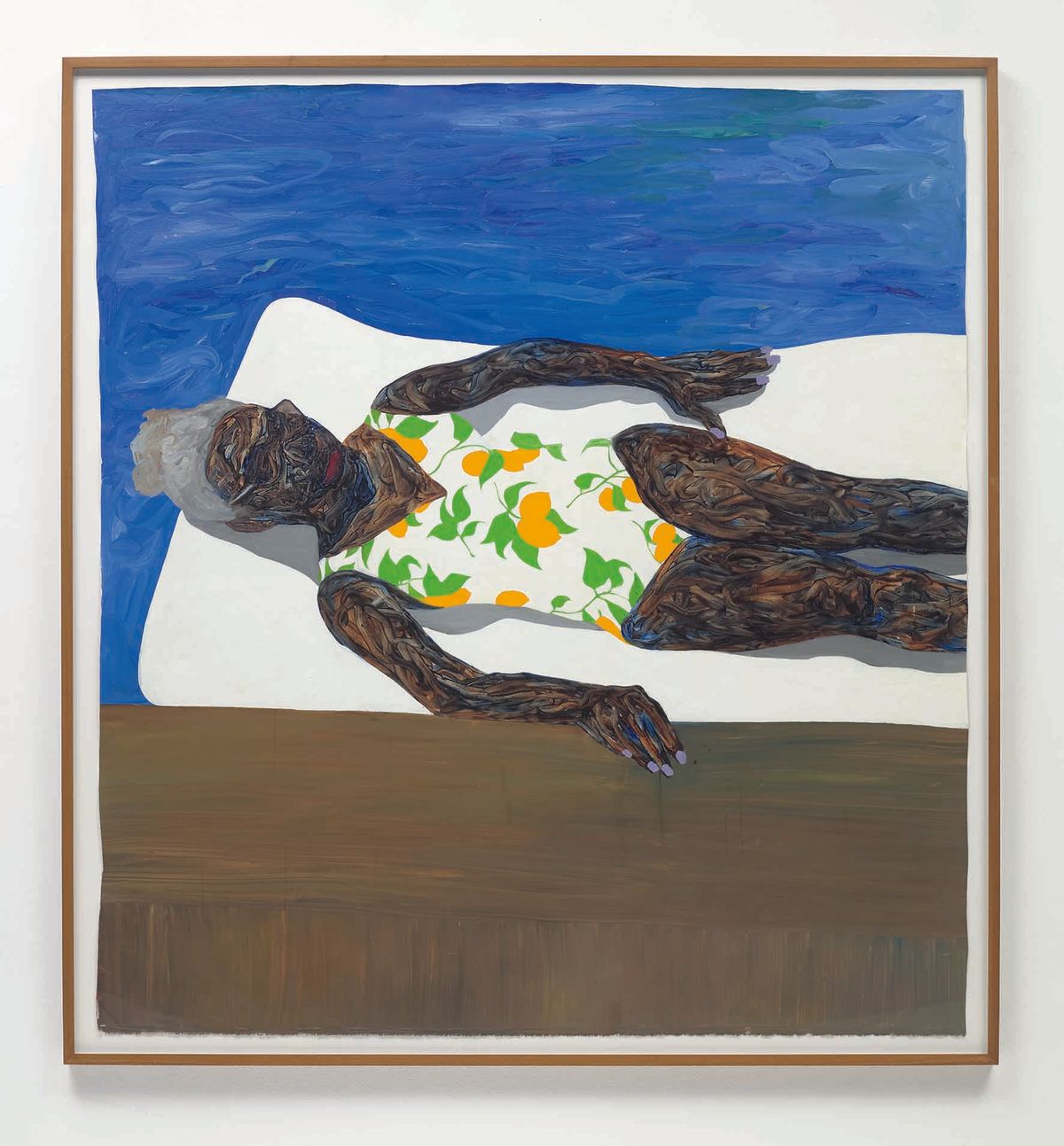Many financial investors are hooked on stock tickers, which give them constantly upgraded prices of securities. And Phillips auction house thinks that investment-minded model can be applied to contemporary art, so it has rolled out Articker, a data platform based on open-source information about artists and their works, from press articles to gallery rosters, museum shows or presence in art fairs.
Articker is updated in real time, giving users a constant stream of information about art: “We have more content on art than Google, which doesn’t have the focus that we have,” says Tomasz Imielinski, one of the founders.
A limited part of the product is currently available on Phillips’s website, in the form of a daily bulletin which gives highlights and details of media coverage for certain artists, including mentions of their “first headline” or “back in the headlines”, for example. The idea is that heightened media attention indicates emerging trends and the names of up-and-coming artists.
Phillips’s clients will have access to more detailed information about each of the 150,000 artists listed on the platform. This gives a ranking, based on headline count, article count, solo exhibitions and so on. What the platform does not do, deliberately, is look at prices, but the idea is that these tend to rise in response to heightened media interest.
Articker was developed as a partnership between the auction house and father-and-son team Tomasz and Konrad Imielinski. Tomasz is a professor of computer science at Rutgers University, New Jersey; Konrad is a data scientist and self-described “art quant”.
Articker works by scraping the internet, by following 16,000 publications and scouring 50,000 other sources, for press articles, catalogue entries and websites, and weighting and aggregating the results. An artist profiled in Frieze magazine, for example, gets a higher score than a mention, say, on a local website.
A somewhat comparable forerunner of Articker is Kunstkompass, a German service founded in 1970 that rates artists according to solo shows, inclusion in group shows, such as the Venice Biennale, and reviews in art magazines. Gerhard Richter led the ranking between 2013 and 2019.
Articker’s emphasis is, inevitably, on precisely those hot-hot-hot artists who figure heavily in Phillips’s contemporary art and New Now sales. From Amoako Boafo to Julie Curtiss, these are the names that are likely to figure most frequently in new articles. The partnership is also aimed at boosting Phillips’s presence in the tech field. “Digital innovation is a top priority for Phillips and Articker’s value as a tool for our staff and clients will be immeasurable,” Phillips's chief executive Ed Dolman said in a statement. “Articker further demonstrates Phillips as a leader in information and data on art beyond the market.”


